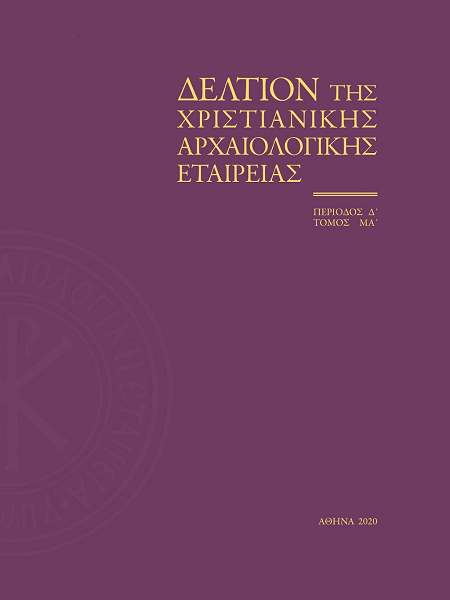Transformations of the urban landscape of thessaloniki from the 4th to the 9th century at the intersection of the decumanus maximus with the cardo of venizelou street (excavation at venizelou station – Thessaloniki metro)

Abstract
Article Details
- How to Cite
-
ΚΩΝΣΤΑΝΤΙΝΙΔΗ (Krino KONSTANTINIDOU) Κ., & ΜΙΖΑ (Maria MIZA) Μ. (2021). Transformations of the urban landscape of thessaloniki from the 4th to the 9th century at the intersection of the decumanus maximus with the cardo of venizelou street (excavation at venizelou station – Thessaloniki metro). Deltion of the Christian Archaeological Society, 41, 9–34. https://doi.org/10.12681/dchae.26178
- Section
- Articles
The copyright for articles in the journal Deltion of the Christian Archaeological Society (henceforth Deltion) is retained by the author(s), with first publication rights granted to the journal and to EIE/ EKT the right to store and communicate these articles to the public via its information infrastructures. By virtue of their appearance in this journal, articles are free to use with proper attribution for non-commercial uses under a ShareAlike obligation. The Christian Archaeological Society and EIE/EKT retain the worldwide right to reproduce, display, distribute, and use articles published in the Deltion in all formats and media, either separately or as part of collective works for the full term of copyright. This includes but is not limited to the right to publish articles in an issue of the Journal, copy and distribute individual reprints of the articles, authorize reproduction of articles in their entirety in another publication of the Christian Archaeological Society, and authorize reproduction and distribution of articles or abstracts thereof by means of computerized retrieval systems.


